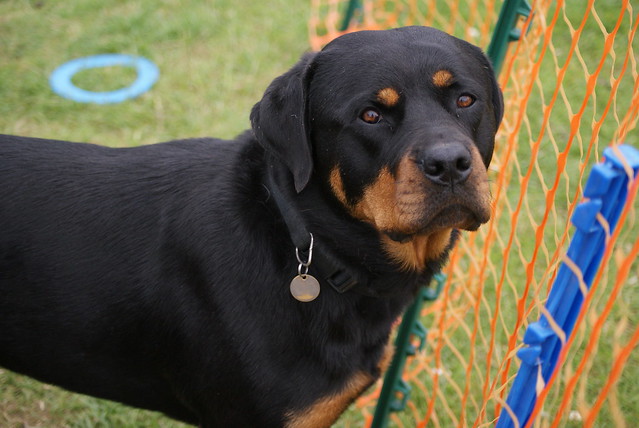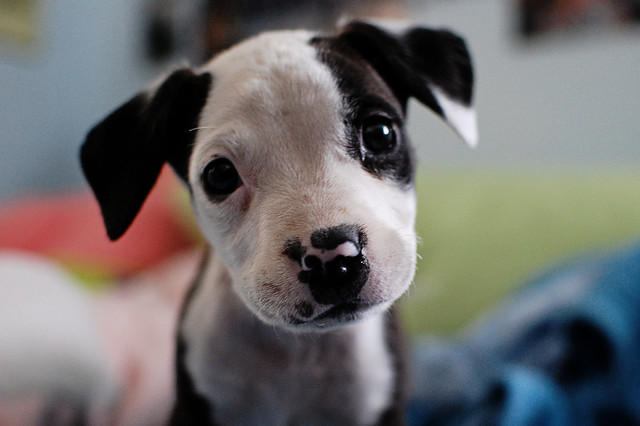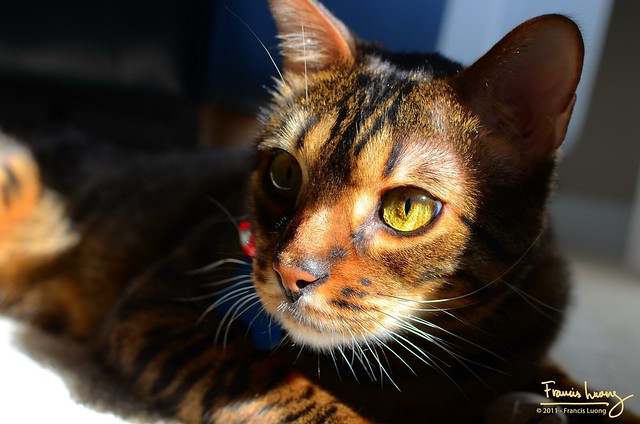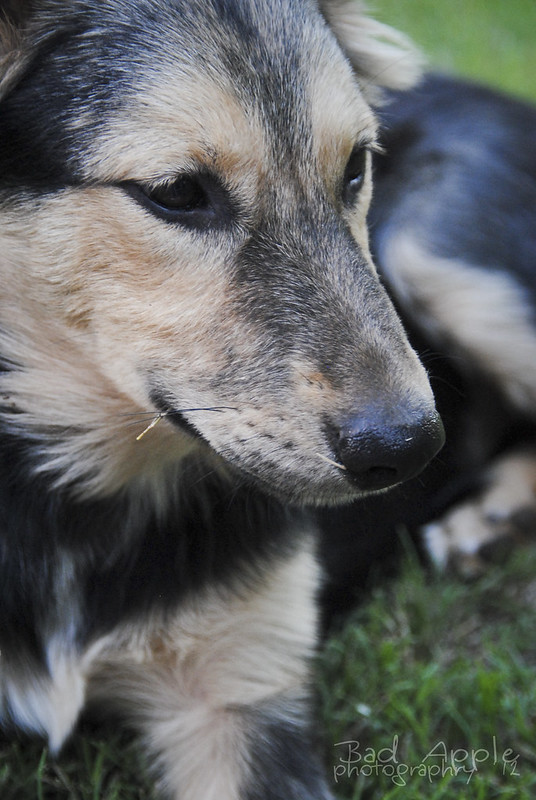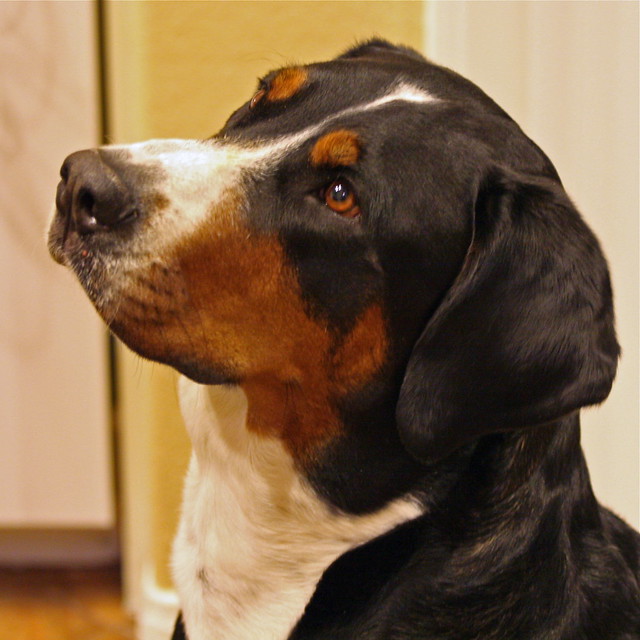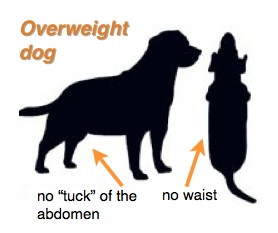 |
| A Pomeranian. (Photo credit: Wikipedia) |
These dogs have a mind of their own but don't let their cuteness deceive you. They are curious about the world around them and are very alert. In their minds, they think that they are much larger than they really are, that is why sometimes they even attack much larger dogs. But, if they are properly socialized to other breeds, they generally get quite along with them.
Pomeranians have a wedge-shaped head with upright ears. Some people described them as "pansy, baby doll or fox-like". Their dark almond shaped eyes sparkle with inquisitiveness. And their noses can be the same color as their coats or can be dark. Their tails fan out over their back.
They come in a variety of colors: orange, red, white or black. Their double coat stands out from their body and has a luxurious ruff around their chest and neck. The coats look as though it is difficult to care for but the truth is it only needs regular brushing. Despite their small size, these dogs have a loud bark and they can be excellent watchdogs. They sometimes do not when to stop barking. It is best if you train them with a barking command.
Pomeranians make exceptional pets for older people and apartment dwellers. Because of their small size, they are not recommended to be around with families having small children in their homes. They are generally excellent in learning tricks but you must be firm and consistent in training them. They also have a lot of energy and enjoy going out for walks. They proudly hold their head up as they trot along. They love meeting with people and exploring new smells and sights.
Poms are trained in agility, obedience, and tracking. While some, are trained as hearing assistance dogs. They make great therapy pets and bring comfort to the sick and elderly in nursing homes and hospitals.
Some of their highlights are listed below:
• They are recommended to be crate-trained because they are very difficult to housetrain.
• High heat and humidity can cause them to be overheated and could possibly cause heat stroke.
• Although Pomeranians are small, they have a big dog attitude.
• They may develop bald spots in their beautiful coat as they get old.
Poms are generally very healthy dogs, but just like other breeds, they are also prone to other health conditions. Some of them can suffer from a variety of allergies. If you see them rubbing their face or licking their paws, suspect that they have an allergy and have them checked by vets. They are also prone to a variety of eye problems. These problems can appear in young adult dogs and could lead to blindness if not treated.
They are remarkably hearty and love to play. They are very active indoors and always love to learn new things. This pint-size companion is calm, quiet, friendly and easy to live with.
|


